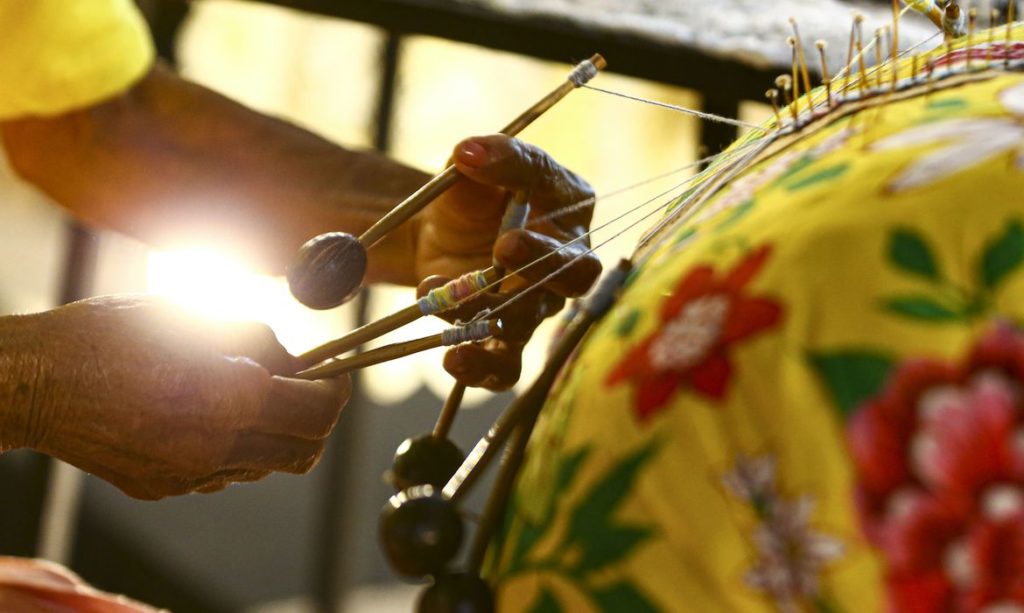São Paulo – In 2020, Brazil’s culture and creative industry traded BRL 230.14 billion (about USD 45.48 billion at the current rate), equivalent to 3.11% of Brazil’s Gross Domestic Product (GDP) in the period. Data was released this Monday (10) by the Itaú Cultural Observatory, which developed a new methodology to measure the sector’s impacts based on microdata from the Brazilian Institute of Geography and Statistics (IBGE).
As a result, the economy of culture and creative industries surpassed other essential sectors of the Brazilian economy, such as the automobile industry, which accounted for 2.1% of the country’s wealth in 2020. It was also just short of another critical sector, construction, which accounted for 4.06% of GDP that year.
“In addition to making art and culture more human, we are also developing this country from an economic point of view,” said Eduardo Saron, president of the Itaú Foundation, an institution in which Observatório Itaú Cultural is embedded. “We want to draw attention to the opportunity for growth there and how much it generates employment and income. When we offer this information about GDP, it could be even greater if we could go beyond commodities. Commodities are essential, but we need more and better policies and bring society’s awareness to our sector as well. And these numbers bring that out.”
The sector of culture and creative industries encompasses segments such as fashion, crafts, publishing, cinema, radio & TV, music, software development and digital games, information technology services dedicated to the creative field, architecture, advertising & services, design, performing arts, visual arts, and museums & heritage.
The first survey drafted by Itaú Cultural Observatory showed that, in 2020, the sector employed over 7.4 million workers and had more than 130,000 companies. It also accounted for 2.4% of Brazil’s net exports that year.
Translated by Elúsio Brasileiro




